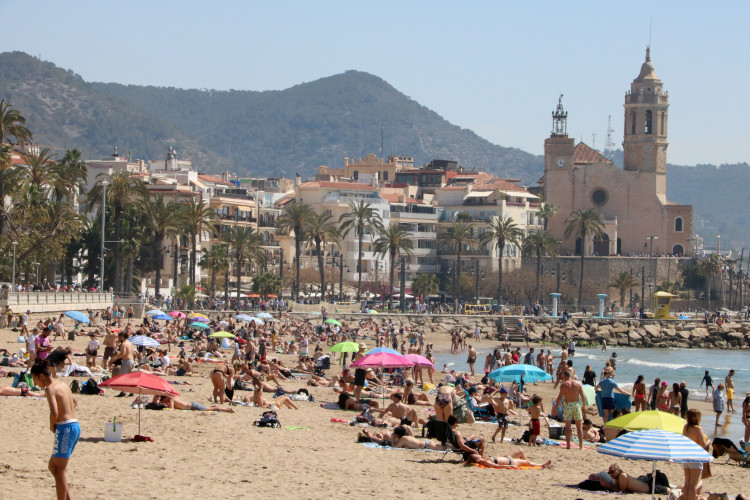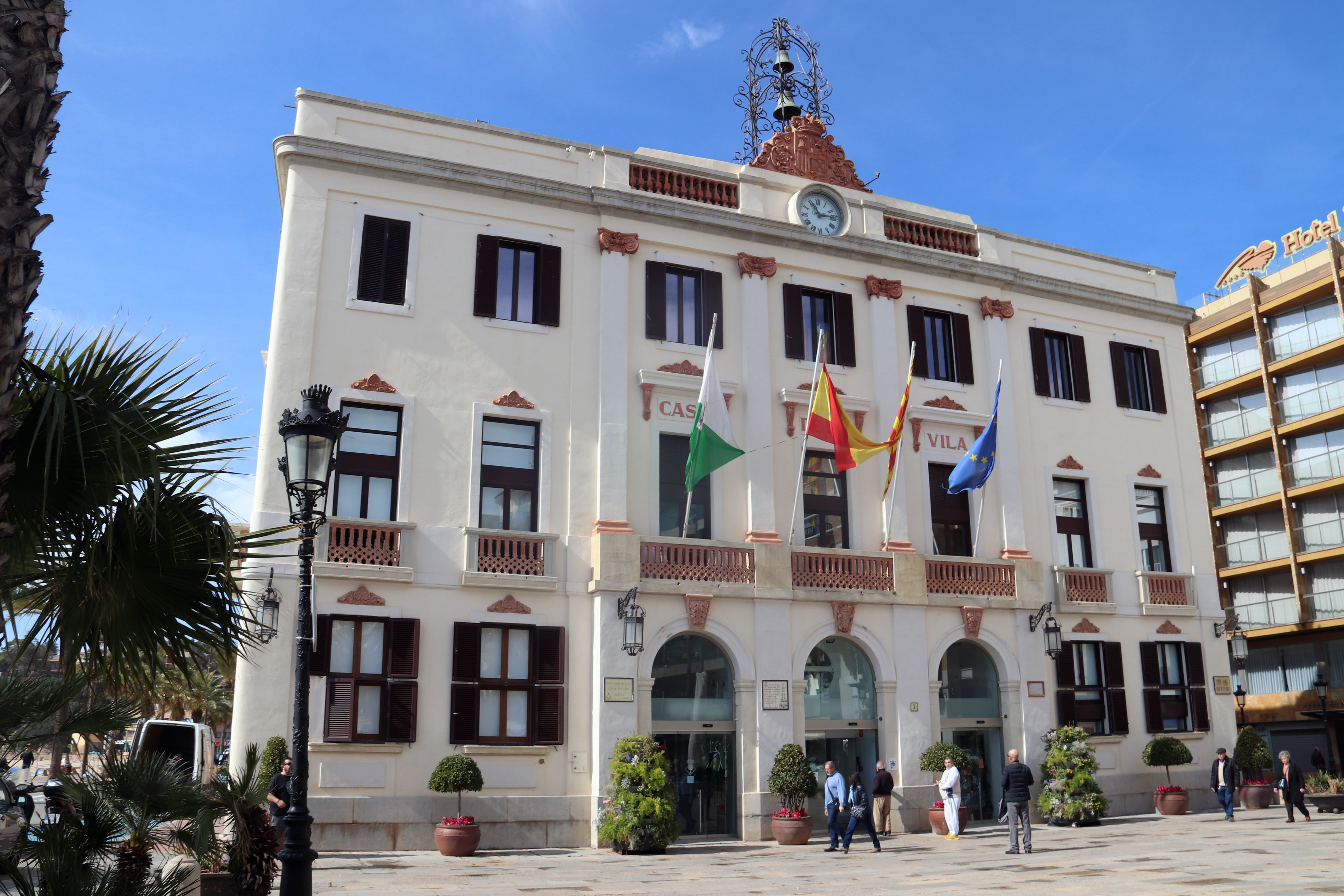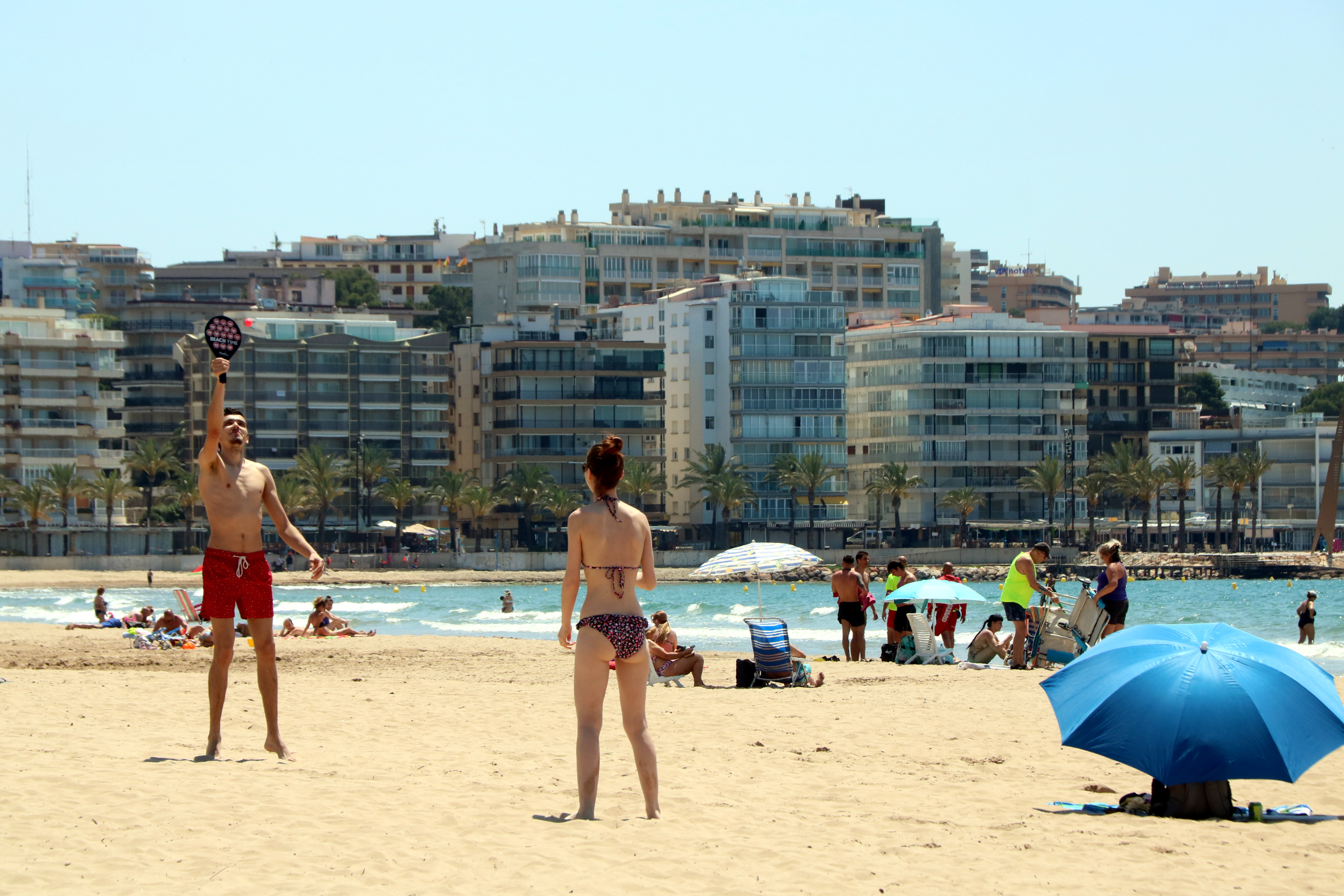Lloret de Mar, Salou and Sitges considering tourism model in local elections
Coastal municipalities to look for new opportunities to welcome visitors throughout the year

Millions of tourists visit Lloret de Mar, Salou, and Sitges annually. These are three of the main tourist hotspots on the Catalan shore. This year's local elections could mark a new chapter for the three municipalities regarding their main source of revenue.
In Costa Brava's Lloret de Mar alone, there are more than 29,000 available beds for visitors, and tourists spend more than five million nights in the city. In the southern town of Sitges, more than half of visitors between June and August last year came from overseas.
In Lloret de Mar, one of the main challenges, as all political parties agree, is to deseasonalize tourism, meaning that they would like to welcome visitors throughout the year and not only during the summer season. However, candidates propose different ways to achieve this, such as increasing the number of congresses and fairs held in the town, as pro-independence Esquerra Republicana and Tots per Lloret suggest.
Other parties, like Ciudadanos, Junts Lloret, or the Socialists, want Lloret to be home to large events, with a strong cultural agenda throughout the whole year and not only during the summer.

But Lloret's future will also be determined by how voters take to a new-look set of candidates. In March, just two months before the elections, Jaume Dulset (pro-independence PDeCat) left his post after almost eight years as mayor.
Right now, no clear winner is in sight: there are 11 different candidates, and the vast majority of the frontrunners are running for the first time.
Lloret de Mar's plan to attract more tourists during the year is a goal shared with the municipalities of Salou and Sitges, both south of Barcelona.
In fact, while Sitges is well known for the international community residing there, Lloret de Mar and Salou have a reputation for rowdy tourists that come to the towns.
In Salou, many of these visitors go to the largest amusement park in Catalonia, PortAventura. The theme park welcomes over five million visitors annually. And just beside it, the Hard Rock casino project still stands in its early stages.
The Catalan government has halted the project's construction because of environmental criteria, as the climate action ministry issued an unfavorable report on the massive casino complex.
Mayors from the area, such as Vila-seca's Pere Segura, consider the recreational tourist center to be "very important."

The project also affects Salou and the current mayor and Sumem per Salou - PSC mayoral candidate, Pere Granados, has announced a plan to boost off-season tourism, looking for new markets or even different tourist activities, such as enticing visitors to come for sports, gastronomy, or heritage pursuits.
In fact, while in the 2019 elections, Sumem per Salou and the Socialists ran separate candidacies, they formed a coalition government and decided to run together in this year's elections. In the past, Granados was part of the extinct liberal Convergència i Unió party and then part of the pro-independence Junts.
Sitges' future: tourism and deals
Tourism does not only affect Salou and Lloret de Mar. The well-renowned Catalan LGBTQ+ destination, Sitges, also has a big battle to regulate tourism and the return of visitors after the last years were marked by the Covid-19 pandemic.
While the main plans from the incumbent Esquerra Republicana mayor, Aurora Carbonell, have not yet been unveiled, one of the other parties running for the mayorship, Fets per Sitges!, plans to reduce the budget allocated to the sector to assign it to residents' essential needs.
Carbonell, however, may not get to implement her plans for the future. In 2019, the ERC's top candidate won by 312 votes against Junts per Catalunya, both got four seats.
To be able to govern, ERC had to reach a coalition deal with the Socialists for the last three years, leaving Junts as the leader of the opposition.
Sitges has 21 seats in the plenary, with the absolute majority standing at 11, meaning that several deals will be needed for the next mayor to be chosen.
The seaside town is also known for its parties and festivals. The main one is the large Carnival celebrations, with thousands of people enjoying the parades, and residents even prepare the festivities a year in advance.
In October, the municipality dresses up for several days to welcome some of the most renowned actors and directors for the Sitges Fantasy and Terror Film Festival. During the festival, some horror fans act like zombies to take part in the Zombie Walk, one of the most realistic worldwide.
And while the seaside town brings together thousands of people for its parties and for the sunny weather, the next mayor in this municipality will also have to fight a big battle on urbanism. The Catalan government is studying urban development plans which directly impact Sitges and the number of houses that can be built in the municipality.